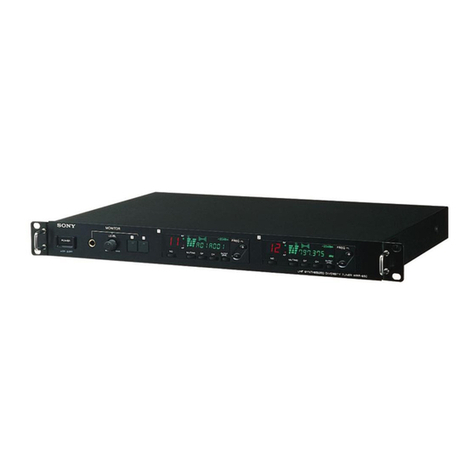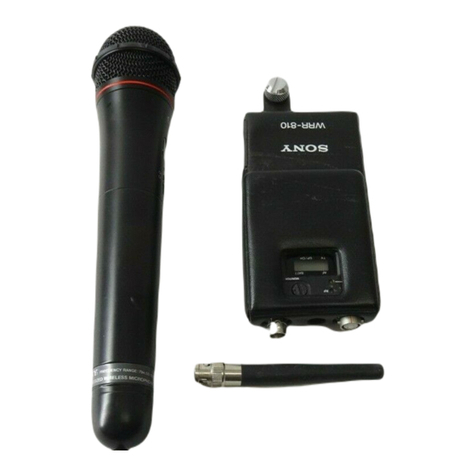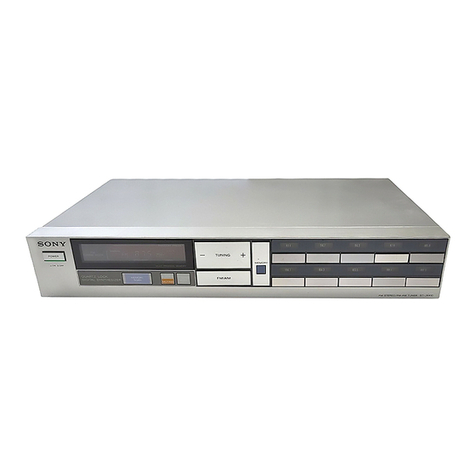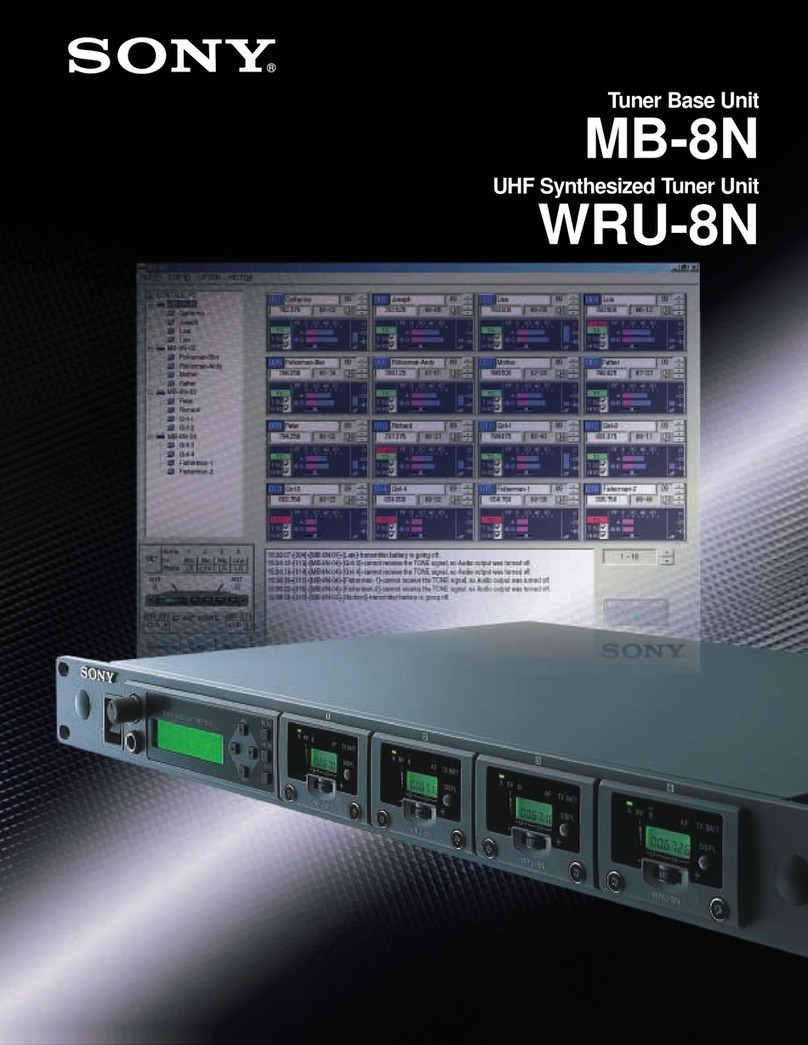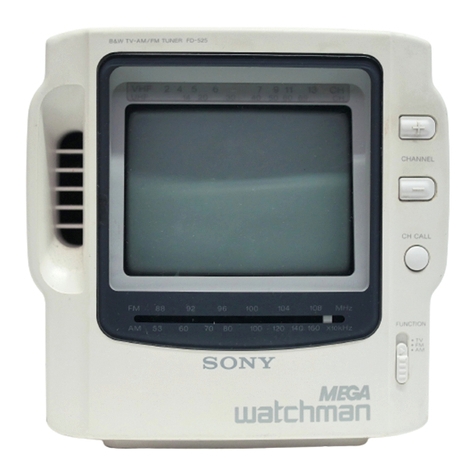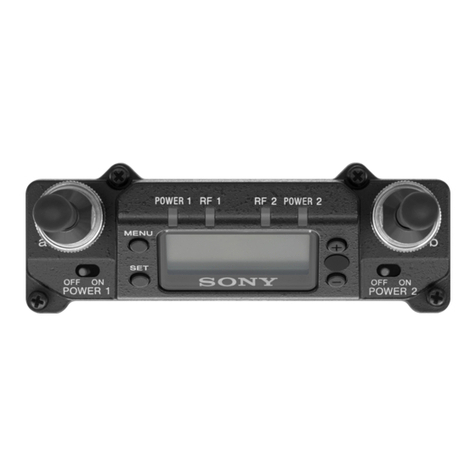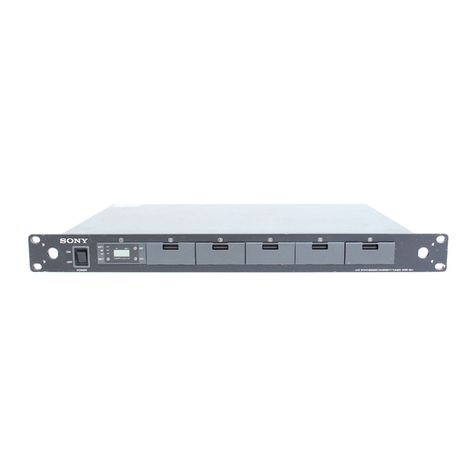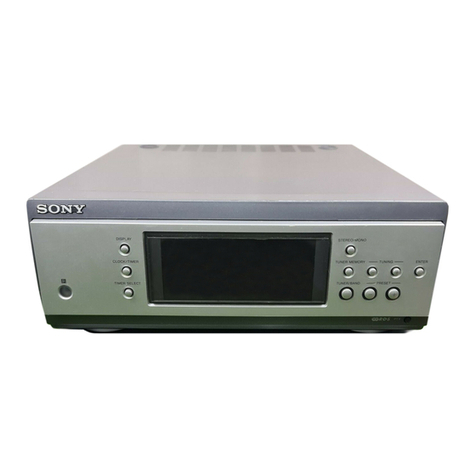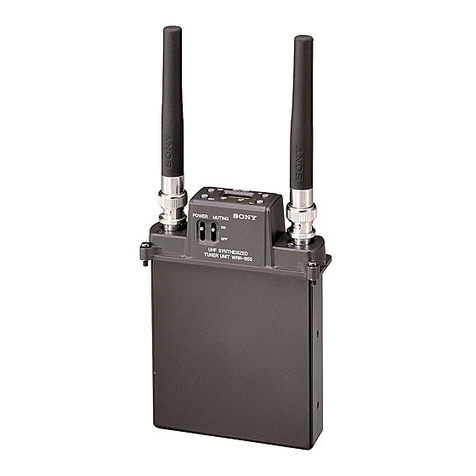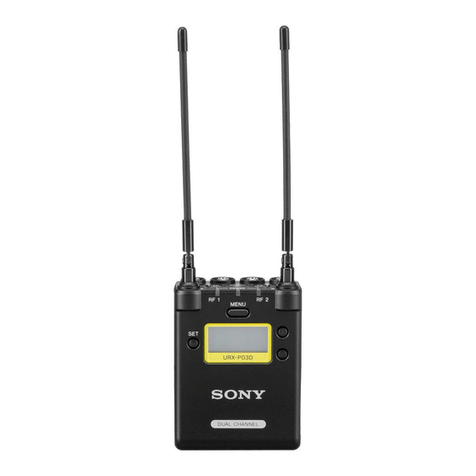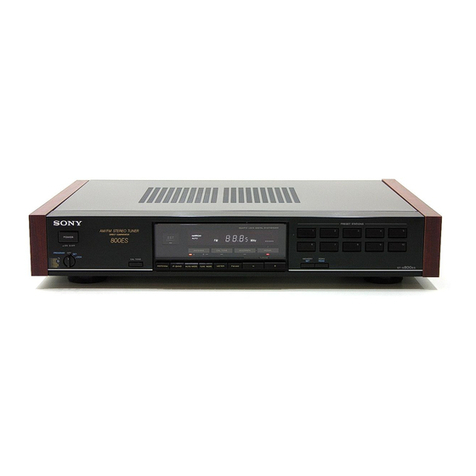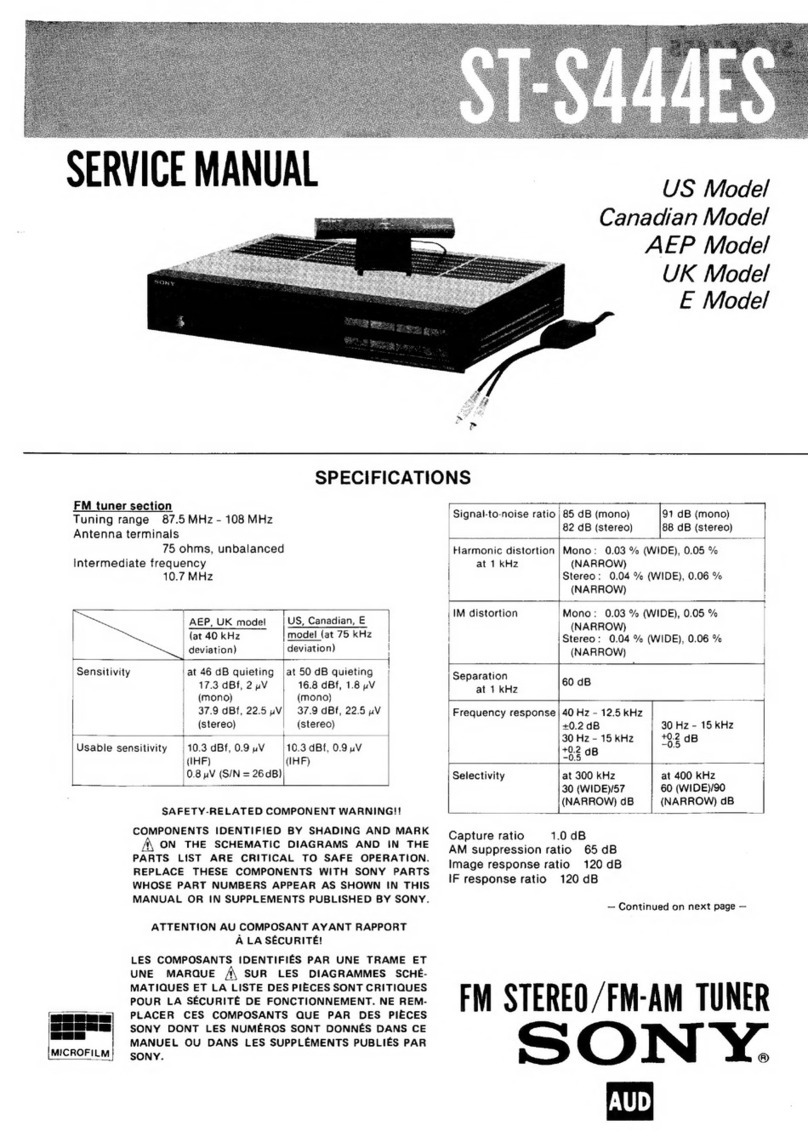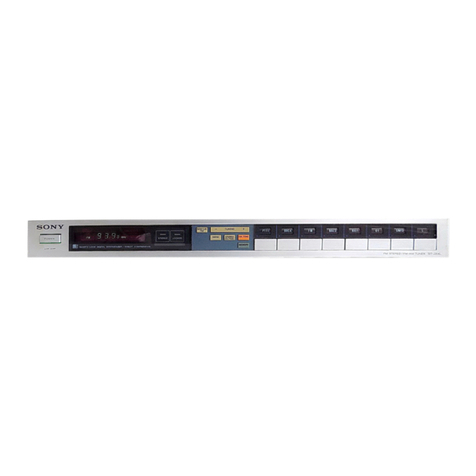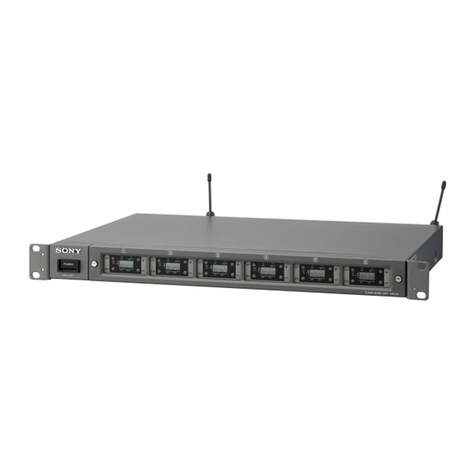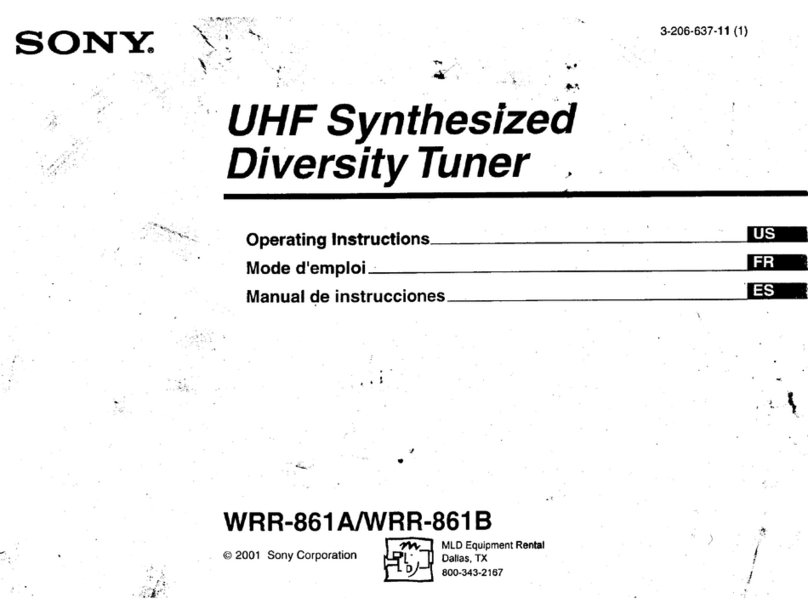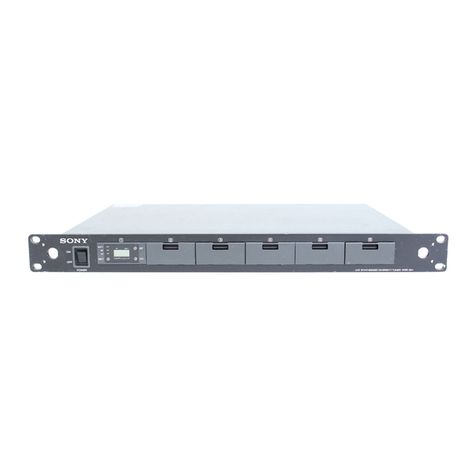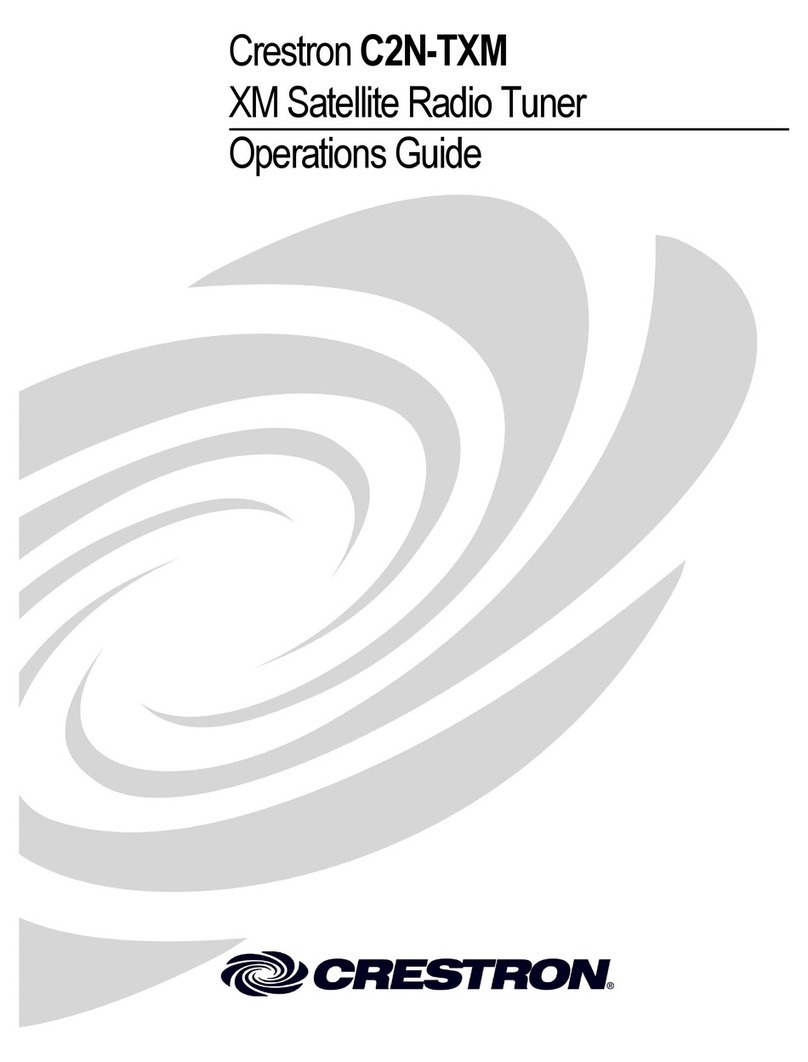
3
Precautions............................................................... 2
Overview ...................................................................3
Features ................................................................. 3
System Configuration ........................................... 4
Wirelss Channels Selectable .................................. 5
Wireless Channel Lists ......................................... 6
Location of Parts and Controls............................... 9
Front Panel ............................................................ 9
Display ................................................................ 10
Rear Panel ........................................................... 11
Operation ................................................................12
Muting Functions ................................................ 13
Channel Setting......................................................13
Error Messages ......................................................15
Specifications.........................................................16
Table of Contents Overview
The WRR-800A is a reliable UHF synthesized diversity
tuner for the 800-MHz-band Sony UHF wireless
microphone system which uses the frequency bands
allocated for UHF TV broadcasting.
This unit is designed to enable simultaneous use of multiple
channels when channels are selected according to the Sony
channel plan.
Features
Phase Locked Loop (PLL) synthesized system
The WRR-800A has a refined phase locked loop (PLL)
synthesizer circuit and covers two UHF TV channels. It
operates on 102 channels over a 14-MHz frequency.
Preprogrammed wireless channel plan for
simultaneous multichannel operation
The WRR-800A has many preprogrammed, easily settable
channels in a simultaneous multichannel operation. One
group allows setting of 102 channels. The unit also has 12
preset groups of channels, each of which permits ,
simultaneous operation of 5, 6, 8, 9 or 12 channels without
the effects of intermodulation.

